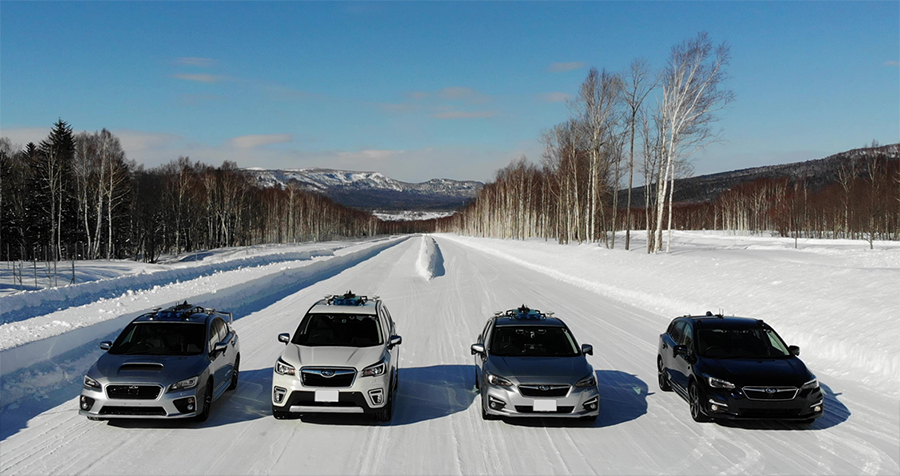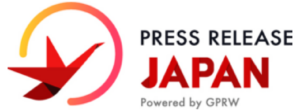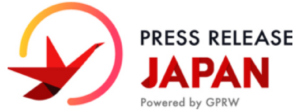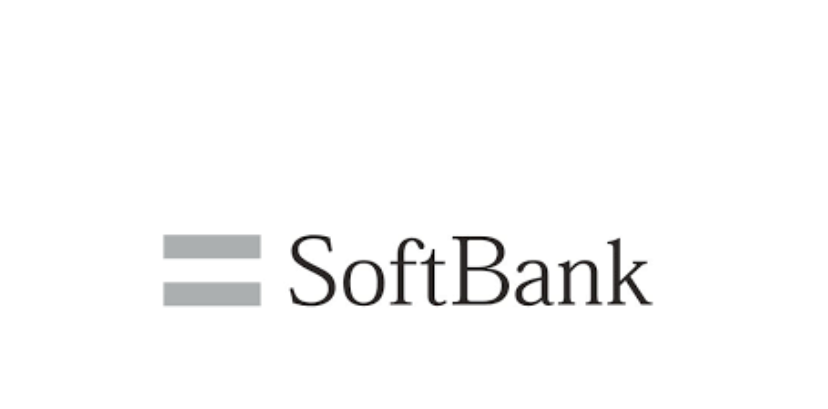〜 Companies successfully verified the world’s first on-site merging vehicle assistance that utilizes 5G and Cellular V2X 〜
SoftBank Corp. (headquartered in Minato Ward, Tokyo; Ken Miyauchi, President & CEO, “SoftBank”) and Subaru Corporation (headquartered in Shibuya Ward, Tokyo; Tomomi Nakamura, Representative Director, President and CEO, “Subaru”) today announced they succeeded in on-site verifications of merging vehicle assistance in August 2020, marking a world first*1. The achievement follows the two companies’ joint research that started in 2019 on use cases related to safe driving assist and automated driving control that applies fifth-generation (5G) mobile communication systems and Cellular V2X (C-V2X)*2.
The proving test, including two merging vehicle assistance use cases, took place at the Subaru R&E Center Bifuka Proving Ground (located in Bifuka-cho, Hokkaido), where SoftBank’s “ODEKAKE 5G” (transportable equipment enabling local provision of high-quality 5G radio waves) was installed, providing an environment for 5G networking with specifications meeting the non-stand-alone standard*3 and for C-V2X communications. Furthermore, “ichimill”*4, SoftBank’s highly accurate positioning service, was used for vehicle positioning.
In the first use case, SoftBank and Subaru verified safe merging assistance for an automated driving vehicle assumed to be on a highway. Each vehicle sent various types of vehicle information to an MEC*5 server via a 5G network. The application on the MEC server calculated predictions of future collision between vehicles on the main lane and the automated driving vehicle on merging lane using information acquired from the vehicles in the field. If a collision was predicted, the application sent warning and deceleration command messages to the automated driving vehicle on the merging lane. The automated driving vehicle calculated its own appropriate velocity for lane merging to avoid collision, applying feedback from the application and surrounding information from its own vehicle-sensor. Both companies achieved a successful result where the automated driving vehicle safely merged into the space between two vehicles on the main lane. Low latency and highly reliable communications were key to this result.
In the second use case, SoftBank and Subaru verified another safe merging assistance for an automated driving vehicle in a situation where there was not enough space to merge, such as a traffic jam. The automated driving vehicle on the merging lane sent a deceleration request for merging to vehicles on the main lane using vehicle-to-vehicle communication (C-V2X). The vehicle that received the request calculated the appropriate position and velocity for safe merging and sent entry permission in a timely manner. Both companies achieved this successful result where the automated driving vehicle safely merged into the space adjusted by the vehicle on the main lane using C-V2X. The result benefits situations where there is not enough space to enter just before merging.
SoftBank and Subaru will continue to prove various use cases that focus on the linking of 5G and C-V2X applied to vehicle control systems, and will continue their research and development to ensure a society that has safe and secure mobility systems with connected vehicles.



(from left): Subaru WRX S4, Forester, Impreza SPORT (x2)
[Notes]
*1 As of November 24, 2020 (according to internal investigation). World first as a verification of merging assistance on an actual automated driving vehicle basis with 5G, C-V2X.
*2 The communications standard established by the Third Generation Partnership Project (3GPP, a group formulating standards for mobile communication systems). This technology is designed for communication, using mobile networks, that links vehicles with various elements, including other vehicles, transportation infrastructure, networks, and pedestrians.
*3 Specifications enabling the earliest provision of 5G performance and functions based on cooperation with the LTE standard.
*4 A service which provides centimeter level positioning information using RTK methods with signals from GNSS and other satellites.
*5 Multi-access Edge Computing: A technology that allows data processing to be done at locations near devices to optimize and accelerate communications.
- SoftBank, the SoftBank name and logo are registered trademarks or trademarks of SoftBank Group Corp. in Japan and other countries.
- Other company, product and service names in this press release are registered trademarks or trademarks of the respective companies.




